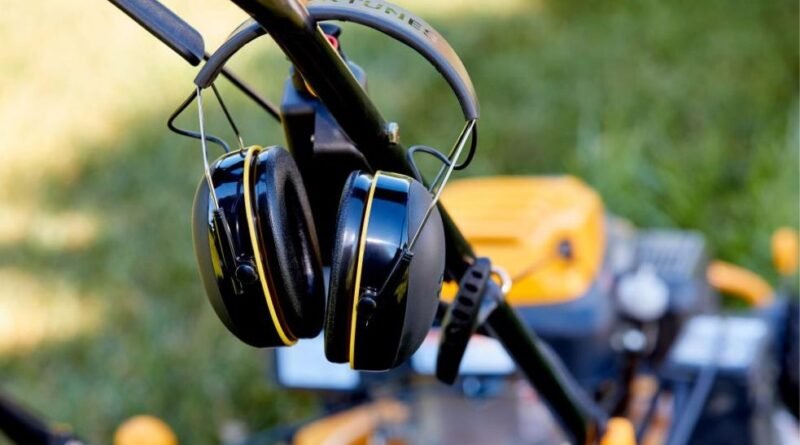Understanding the Importance of Earmuffs in Noise Protection
People engaged in work fields such as aviation, industrial operations, and even fervent workaholics understand the vital importance of ear protection. While it may seem insignificant to some, safeguarding one’s eardrums from high-intensity noise environments is crucial. Working within such environments requires concentration, and the incessant background noise can be detrimental to productivity and hearing health. To circumvent these challenges and prevent hearing impairment, earmuffs and other Personal Protective Equipment (PPE) are deployed. They shield the ears not only from deafening noises but also from harsh, cold, and damp conditions.
Understanding sound is crucial in this context. Measured in decibels (dB), the human hearing range stretches from 0-20 dB (normal) to a maximum of about 140 dB. Exposure to sounds exceeding 140 dB often induces severe pain and can result in temporary or even permanent hearing impairment, including damage to the cochlear structure. It may also spark psychological issues, courtesy of the nerves connecting the ear to the brain. In such extreme sound environments – generated by heavy machinery, music concerts, power equipment, workplace sirens, etc., – industries universally recommend the use of quality earmuffs.
Ear Protection and Its Essential Features
Work environments dominated by noise levels of 80 dB and above necessitate the use of ear protection devices such as earmuffs. These devices work by blocking the sound from directly reaching the eardrums. Typically, an earmuff set consists of an adjustable thermoplastic headband that reduces the sound to below 85 dB and foam pieces that cover the ears, all while comfortably resting atop the head. The headband can be modified to fit various head sizes and shapes and can be worn from the top or back of the head.
Earmuffs come with a range of special features and upgrades:
- Acoustic foam: As an excellent sound deadening material, it’s used in high-quality earmuffs and varies in its capacity to block sound.
- Additional attachments: Some earmuffs come with a hard hat-like helmet and an attached face shield for better head grip and comfort.
- Communication tools: Certain earmuff models incorporate earphones and microphones, preferred by users who require advanced communication options.
- Earplugs: Custom-made earplugs are often paired with earmuffs to enhance sound blocking capability. While earplugs alone can provide some protection, they don’t match the effectiveness of earmuffs.
- Multiple ear protection layers: Additional layers on earmuffs increase the Noise Reduction Rating (NRR).
- Comfort: High-quality earmuffs are soft and snug, ensuring they don’t cause discomfort or soreness during prolonged use.
- Personalization: Custom-made earmuffs last longer and are more effective in their purpose.
- Tech-enabled: Some earmuffs feature Bluetooth and FM AM Radio capabilities for an enjoyable work experience. These models can even manage phone calls.
- Style: Earmuffs are available in various foam and body colors, allowing users to select their preferred style.
In Australia, industries such as agriculture, aviation, energy, and utilities regard earmuffs as a critical component of worker protection. Adhering to Australian standards, they are an essential inclusion in work gears for sectors like iron ore and coal mining and fishing. The use of earmuffs transforms the ordeal of enduring loud noises into a much more manageable experience, enabling the mind to focus on the task at hand and promoting more effective, goal-oriented work.




